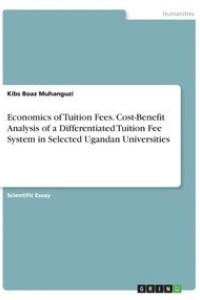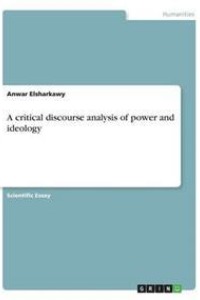
Liknande böcker
Economics of Tuition Fees. Cost-Benefit Analysis of a Differentiated Tuition Fee System in Selected Ugandan Universities
Bok av Kibs Boaz Muhanguzi
Scientific Essay from the year 2013 in the subject Sociology - Knowledge and Information, , language: English, abstract: Globalization and privatization drive have recently brought many investors into the education sector in Africa. Increased competition in provision of university education has led various institutions to adopt various strategies to maximize benefits from their investments. The key strategic policy adopted has been a tuition fee discrimination system thought to capture more clients. The extent at which this practice has been beneficial to firms and students is what this paper investigates. This is done by analyzing costs and benefits of the system. Using the contingent valuation method as a Benefit-Cost analysis tool, and the monopolistic price discrimination theory (third degree), this paper assesses the costs and benefits derived from a differentiated tuition fee system in Ugandan Universities. To achieve this, a descriptive correlation approach and a cross-sectional sampling design are adopted. Purposive and stratified sampling techniques are used in sample selection. Using self administered questionnaires and interviews, data is collected from respondents in three different colleges/schools from four Universities in Uganda. Using Pearson's correlation coefficient to analyze the relation between costs and benefits and tuition fee differentiation system, the study finds tuition fee differentiation system to have a significant correlation with benefits accrued and an insignificant correlation with costs involved. This Implies that investors in Ugandan universities are still benefiting from monopolistic behaviors like tuition fee differentiation. This result stands as a warning to potential students for the need to first scrutinize programs they are to join basing on their capabilities and potentials. However the result displays a green flag for potential investors in university education. The benefits from investment are still higher.
Visa pris inkl. frakt Inkl. frakt







